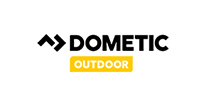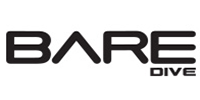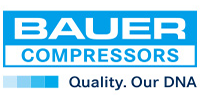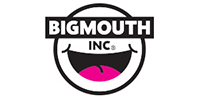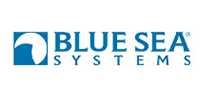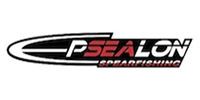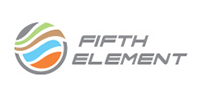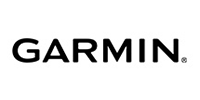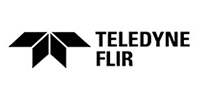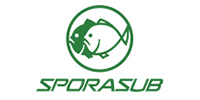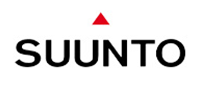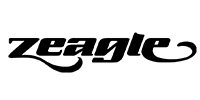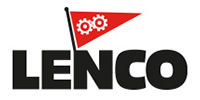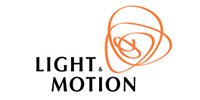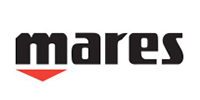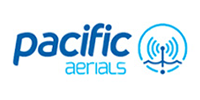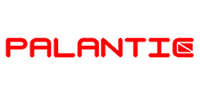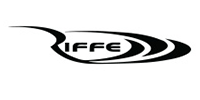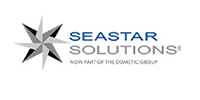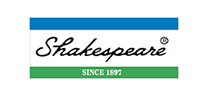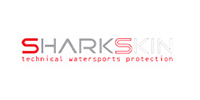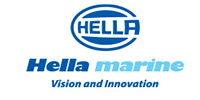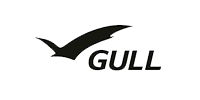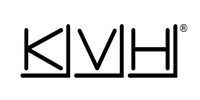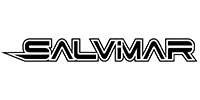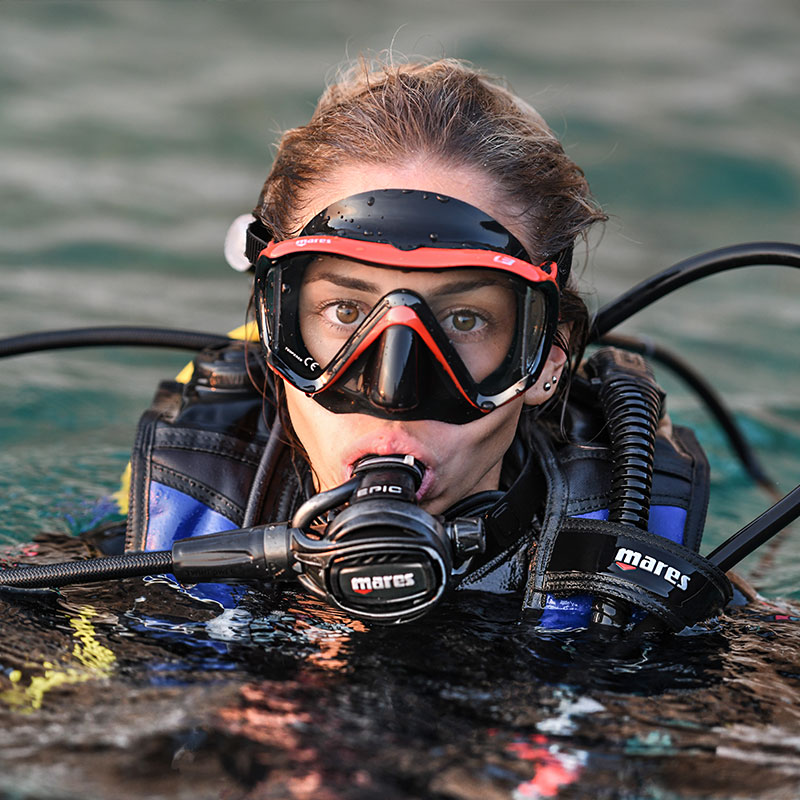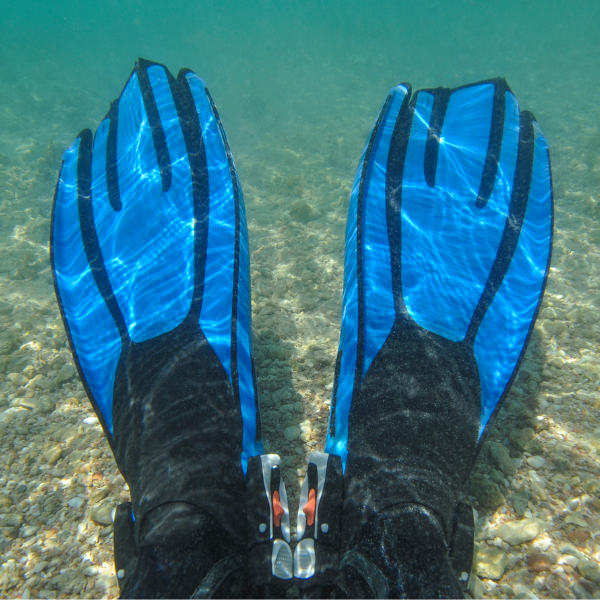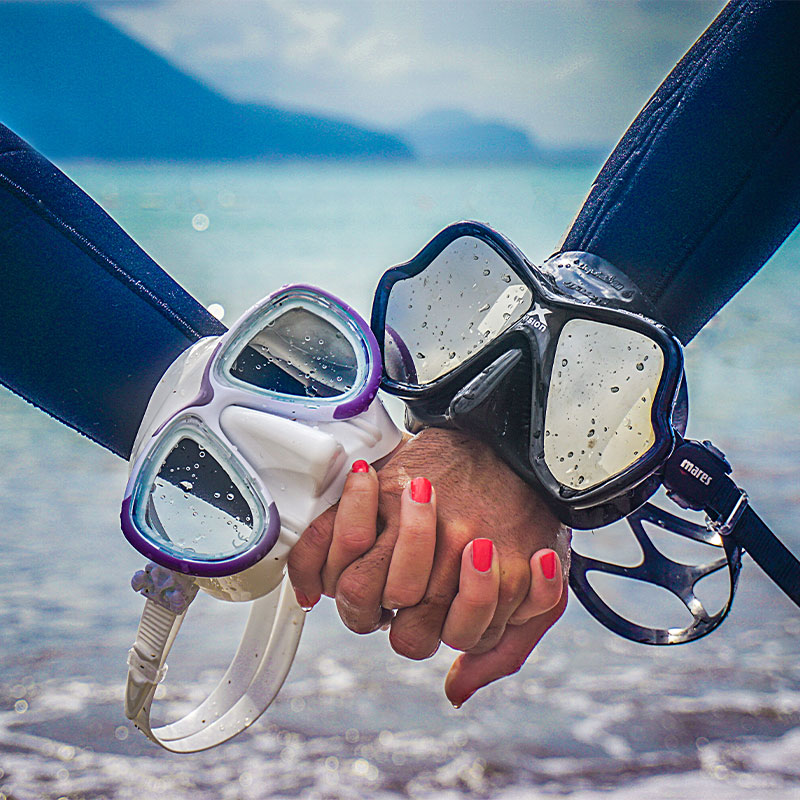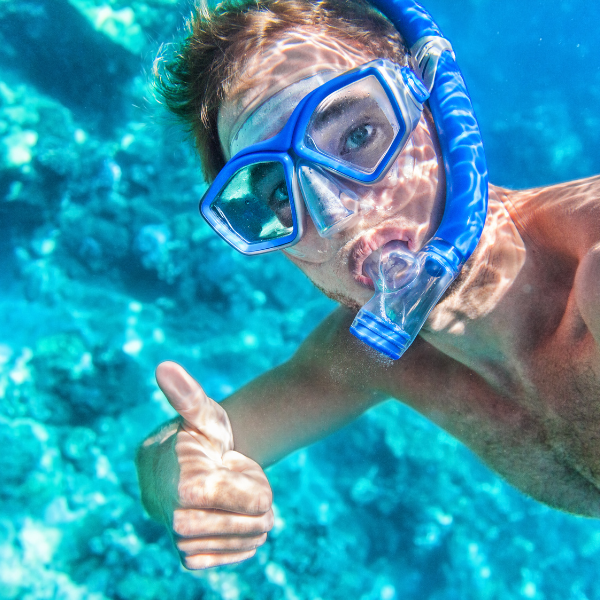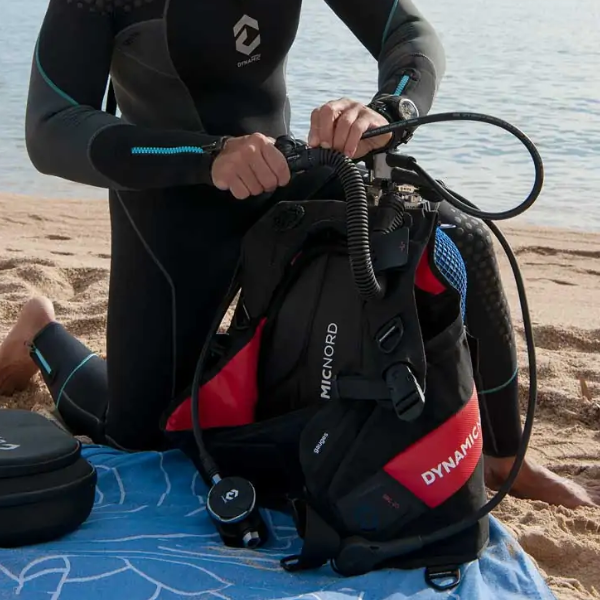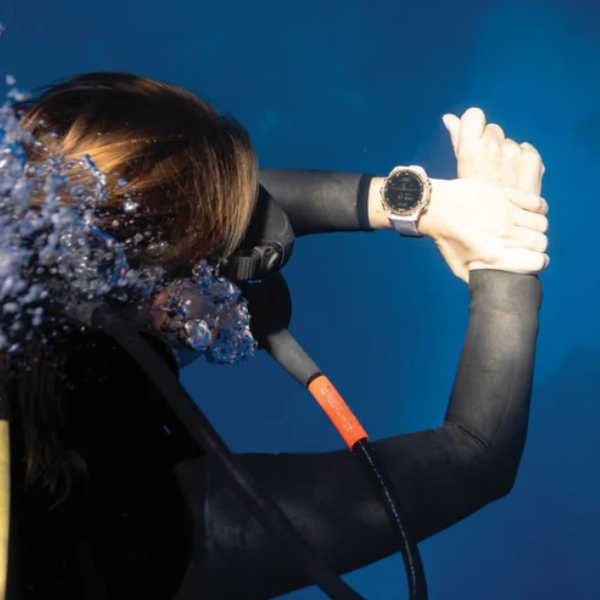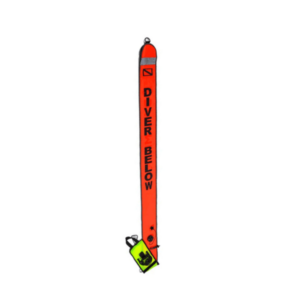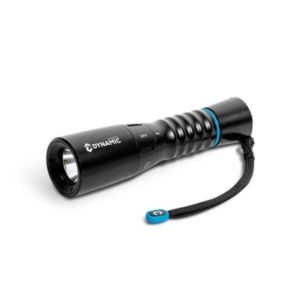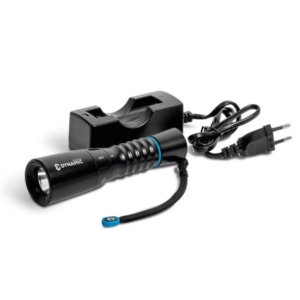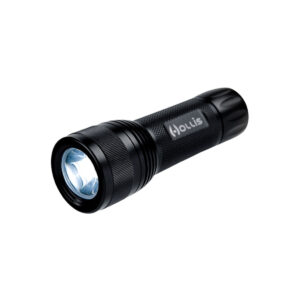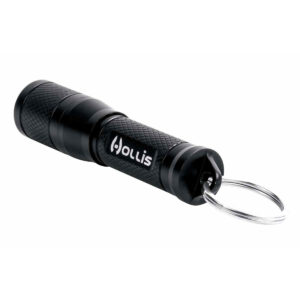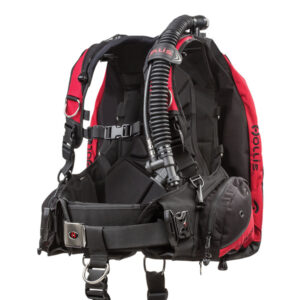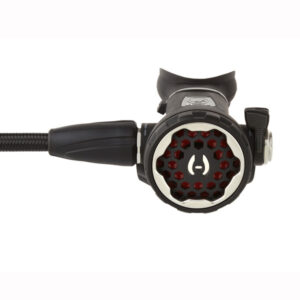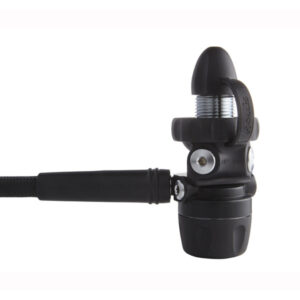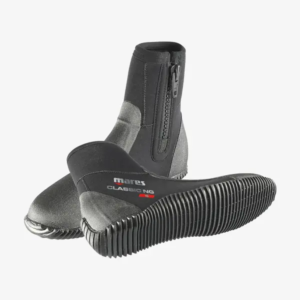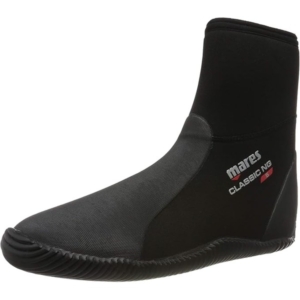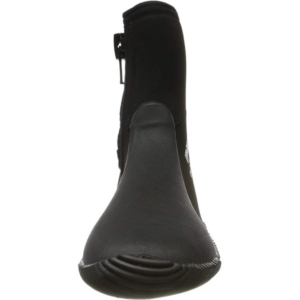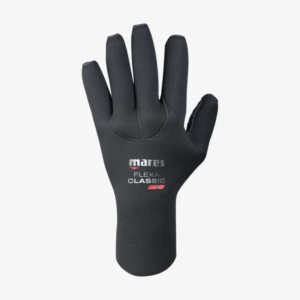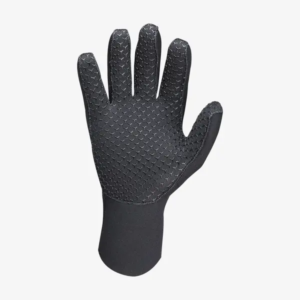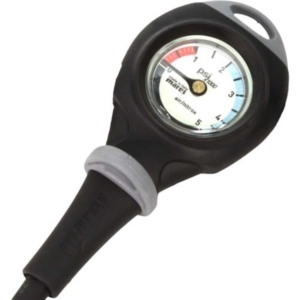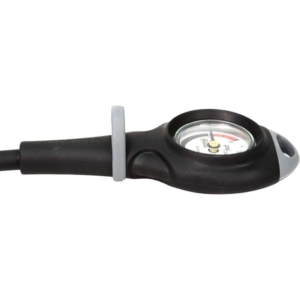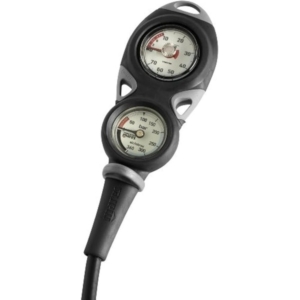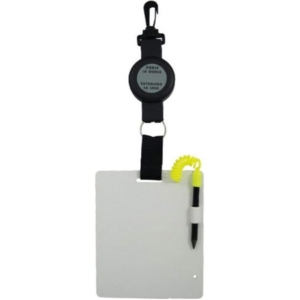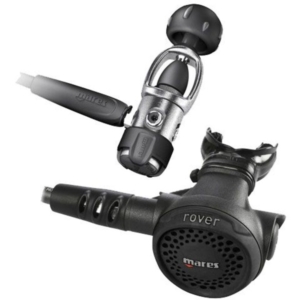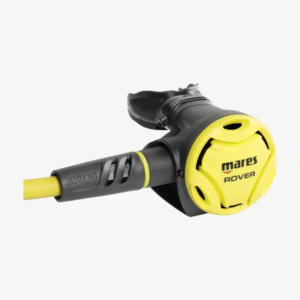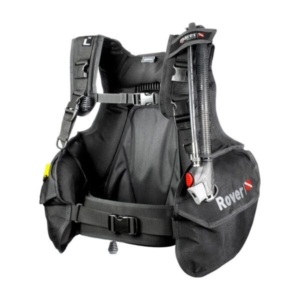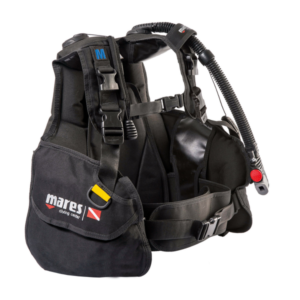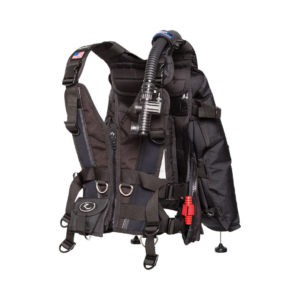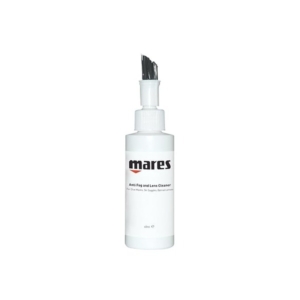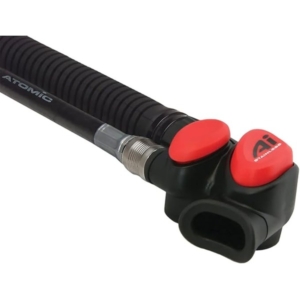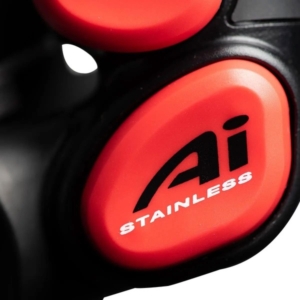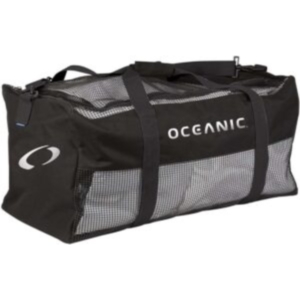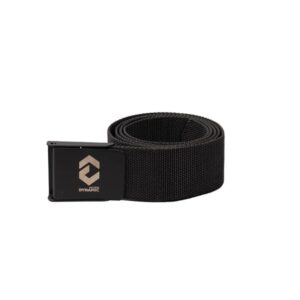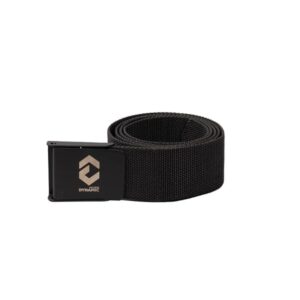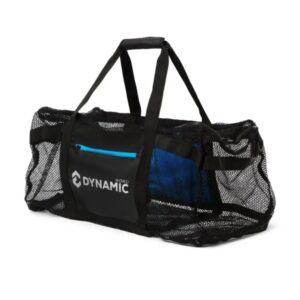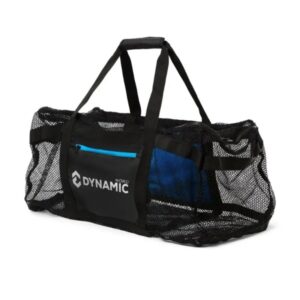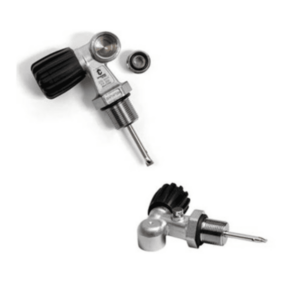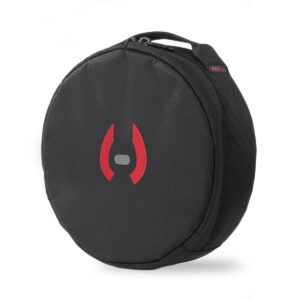Scuba Diving
Shraddha Kulkarni2024-09-23T14:38:06+04:00
Dive Deep: Your One-Stop Shop for All Things Diving!
Welcome to the underwater world! Whether you’re a seasoned scuba enthusiast or a curious beginner looking to explore the wonders beneath the waves, our Diving category has everything you need. Dive into our extensive collection of gear, get inspired for your next adventure, and discover valuable tips to make your dives unforgettable.
DISCOVER OUR MOST POPULAR DIVING ITEMS
Frequently Asked Questions
Check out our FAQs now.
What type of diving equipment do I need?
- Mask: Provides clear underwater vision.
- Fins: Efficiently propel you through the water.
- Wetsuit (or Drysuit): Keeps you warm in various water temperatures.
- Weights: Help you achieve neutral buoyancy underwater.
How much does it cost to get started with diving?
What is the difference between scuba diving and freediving?
Do I need to be in good physical shape to go scuba diving?
Yes, a basic level of fitness is recommended. Most dive centers require medical clearance for safety reasons.
What are some advanced diving certifications I can get?
Many options exist, such as Nitrox Diver, Deep Diver, and Wreck Diver. These certifications unlock new depths and environments.
How deep can I dive with a PADI Open Water Certification?
With a PADI Open Water Certification, divers can explore underwater environments up to a maximum depth of 18 meters (59 feet). This depth limit is established to ensure safety and to provide a structured learning progression for divers. The certification is designed for recreational divers, giving them the skills and knowledge to dive safely within this depth range under conditions similar to those in which they were trained.
For divers certified through the British Sub-Aqua Club (BSAC) with an Ocean Diver qualification, the depth limit is slightly deeper at 20 meters (66 feet). These guidelines help divers in Dubai and other places manage the risks associated with increased depth, such as nitrogen narcosis and the need for more controlled ascent rates to avoid decompression sickness, commonly known as “the bends”
The PADI Open Water courses in Dubai include comprehensive training that covers essential skills such as buoyancy control, underwater navigation, and emergency procedures. During the course, divers buy diving equipment and practice skills in both confined water (such as a pool) and open water environments. The emphasis is on building comfort and competence, ensuring that divers are prepared to handle potential challenges they might face underwater.
It’s important to note that while 18 meters is the maximum depth for Open Water divers, deeper diving opportunities exist for those who pursue advanced certifications and buy top diving suits. For example, the PADI Advanced Open Water Diver course allows divers to extend their depth limit to 30 meters (100 feet), and further specialized training along with top dive computers can enable dives to even greater depths.
Overall, the 18-meter limit for PADI Open Water divers provides a balance between allowing exploration and ensuring safety with the best diving equipment. It is a stepping stone for divers who wish to continue their education and take on more challenging dives as they gain experience and confidence.
Is it dangerous to hold your breath while scuba diving?
Yes, it is dangerous to hold your breath while scuba diving. This practice can lead to serious health risks, primarily lung over-expansion injuries, which can occur due to the pressure changes underwater. This can actively be avoided by buying BCDs and regulators to keep a track on your ascension and descension levels.
When diving, you use a regulator (like the Atomic Regulator) to breathe compressed air from a tank. As you descend, the pressure increases, causing the air in your lungs to compress. Conversely, as you ascend, the pressure decreases, causing the air in your lungs to expand. Holding your breath during an ascent can result in the expanding air damaging your lungs, a condition known as pulmonary barotrauma.
Another risk of holding your breath underwater is the potential for an arterial gas embolism (AGE). This occurs when air bubbles enter the bloodstream and travel to vital organs, such as the brain or heart, which can be life-threatening. Symptoms of an AGE include dizziness, confusion, chest pain, and in severe cases, loss of consciousness.
Breathing continuously and slowly while scuba diving in Dubai helps manage these risks by allowing your body to adjust to pressure changes. It also helps in maintaining neutral buoyancy like a BCD, which is crucial for safe and controlled diving. Proper breathing techniques and keeping a close eye on your diving computer can reduce anxiety and help conserve air, extending your dive time and enhancing your overall diving experience.
In addition to these physiological dangers, holding your breath can also lead to panic underwater. Panicking can cause rapid, shallow breathing, further increasing the risk of decompression sickness, commonly known as “the bends.” This condition occurs when nitrogen absorbed by the body at depth forms bubbles in the bloodstream upon rapid ascent.
In summary, always remember the fundamental rule of scuba diving in Dubai: breathe continuously and buy scuba diving equipment to safeguard yourself. This practice is essential for maintaining safety and ensuring a positive diving experience.
What kind of equipment do I need for scuba diving?
Scuba diving requires specific equipment to ensure safety and enjoyment underwater. Here’s a breakdown of the essential gear you’ll need:
- Diving Mask: A properly fitting full face mask and snorkel allows you to see clearly underwater by creating an air pocket around your eyes.
- Snorkel: Used for surface swimming and conserving air while observing underwater life from the surface.
- Fins: These propel you efficiently through the water and help conserve energy.
- Wetsuit: Depending on water temperature, a wetsuit keeps you warm by trapping a thin layer of water between your body and the suit.
- Regulator: The primary breathing apparatus that converts high-pressure air from your tank into ambient pressure air you can breathe.
- Buoyancy Control Device (BCD): This vest-like device allows you to control your buoyancy underwater by adding or releasing air from it.
- Diving Cylinder (Tank): Contains compressed air or a breathing gas mixture for your dive.
- Depth Gauge and Submersible Pressure Gauge (SPG): These instruments monitor your depth and air supply respectively.
- Dive Computer: Tracks depth, time underwater, and calculates safe ascent profiles to prevent decompression sickness.
- Dive Knife: A safety tool for cutting fishing lines or other entanglements.
- Dive Light: Necessary for night dives or exploring darker areas.
- Compass: Helps with navigation underwater.
Before diving, ensure all diving equipment is properly purchased, maintained and serviced regularly. Training through a certified scuba diving course is essential to learn how to use this equipment safely and effectively. Always dive within your training limits and adhere to local diving regulations for a safe and enjoyable underwater experience.
What is the difference between snorkeling and scuba diving?
Snorkeling and scuba diving are both popular underwater activities but differ significantly in terms of equipment, depth of exploration, and experience.
Snorkeling involves swimming near the water’s surface with a mask snorkel that allows the participant to breathe while keeping their face submerged. It typically requires you to buy fins and a snorkel (breathing tube) that then enables you to observe marine life and reefs without needing extensive training. Snorkelers can enjoy clear waters in shallow areas, usually up to depths of around 3-15 feet, depending on visibility and safety considerations. With the right diving equipment, snorkeling is accessible to almost anyone, making it a family-friendly activity suitable for all ages.
On the other hand, scuba diving allows for deeper and more immersive exploration of underwater environments. It involves wearing a self-contained underwater breathing apparatus (scuba gear) that includes a tank of compressed air, a regulator for breathing, and often buoyancy control devices and other specialized equipment available on Amit Retail. Scuba divers undergo training and certification to safely manage diving equipment, understand diving principles, and handle potential underwater challenges. By buying top diving gear, it allows snorkelers to descend to greater depths, ranging from 30 feet for recreational diving to hundreds of feet for advanced technical diving.
When you get the right scuba diving gear, scuba diving offers the opportunity to interact closely with marine life, explore shipwrecks, and experience underwater landscapes that snorkelers cannot reach. It provides a more intense and prolonged underwater experience compared to snorkeling, requiring a higher level of commitment, preparation, and awareness of safety protocols.
In summary, while snorkeling in Dubai is a surface-level activity suitable for casual observation of underwater life, scuba diving offers a deeper, more involved exploration of the ocean’s depths, requiring specialized equipment and training for a richer underwater adventure. Both activities cater to different preferences and levels of underwater engagement, making them unique and rewarding in their own ways.
What should I look for when choosing snorkeling gear?
When selecting snorkeling gear, several key considerations ensure your underwater adventure is comfortable, safe, and enjoyable. These factors encompass everything from the fit of your mask to the quality of your fins:
- Mask Fit and Comfort: Buying a Diving mask is pivotal for a clear view underwater. Opt for a model with a silicone skirt, as it forms a reliable seal against your face. Test the fit by placing the Mares mask on your face without its strap and gently inhaling; it should remain in place without leaking. Look for tempered glass lenses for durability and clarity, and consider whether a single lens offers a wider view or if dual lenses provide better peripheral vision.
- Snorkel Design: A well-designed snorkel enhances breathing ease. Purchase a snorkel with a comfortable mouthpiece that fits snugly without causing jaw fatigue. Consider models with purge valves to clear water efficiently, reducing the need to surface frequently. Dry snorkels prevent water from entering while submerged, improving comfort and reducing the effort required to clear the snorkel.
- Fins for Efficiency: Fins propel you through the water efficiently and reduce fatigue. Full-foot fins are comfortable for warm water and provide a snug fit, while adjustable strap fins offer versatility for different conditions and can be worn with booties in colder waters. Look for fins near you that are made from durable materials like plastic or composite for longevity and performance.
- Material Durability: Quality materials like silicone for masks and flexible yet robust plastics for snorkels and fins at diving equipment shops near you ensure your gear withstands wear and tear. High-quality gear tends to offer better comfort and performance, making your snorkeling experience more enjoyable and reliable.
- Buoyancy and Safety: A properly fitting snorkeling vest or buoyancy aid is an essential component of the dive gear that adds safety by keeping you afloat and reducing fatigue during extended snorkeling sessions. Choose one that offers adequate buoyancy for your body weight and is comfortable to wear for prolonged periods.
- Ease of Use and Maintenance: Snorkeling gear for diving should be easy to assemble, adjust, and maintain. Look for features like quick-release buckles on fins and adjustable straps on mask snorkels, which facilitate a secure and customizable fit both in and out of the water.
- Brand Reputation: Consider brands known for their quality snorkeling gear and excellent customer support. Reading reviews and seeking recommendations from other snorkelers can provide valuable insights into the durability, comfort, and overall performance of different gear options.
By carefully considering these factors when choosing your snorkeling gear, you can ensure a comfortable and rewarding experience exploring the underwater world. Investing in high-quality gear that fits well and meets your specific needs enhances your ability to fully immerse yourself in the beauty and tranquility beneath the waves.
How can I improve my buoyancy control?
Improving buoyancy control is essential for divers to enhance safety, conserve energy, and minimize impact on aquatic environments. Here are several key strategies to achieve better buoyancy control:
- Master Your Buoyancy Devices: Understand how your buoyancy compensator device (BCD) functions from your nearest marine shop. Practice inflating and deflating it in small increments to achieve neutral buoyancy at different depths. Fine-tune your weighting so you’re not overly buoyant or negatively buoyant.
- Perfect Your Breathing: Buoyancy control starts with breathing. Get a BCD from a diving shop and start practicing slow, deep breaths to control your ascent and descent. Exhale gently to ascend and inhale slowly to descend, maintaining a consistent depth.
- Trim and Streamline Your Gear: Ensure your diving equipment is streamlined and properly configured. Dangling hoses or improperly positioned weights can affect your buoyancy. Experiment with weight distribution and placement to achieve better trim in the water.
- Practice Regularly: Buoyancy control improves with practice. Dedicate time during dives solely to mastering buoyancy without distractions. Conduct buoyancy checks at the beginning of each dive to adjust weights and equipment as needed.
- Use Visual Cues: Pay attention to your surroundings and use visual cues like reference lines or features on the seabed to maintain depth. Avoid touching the seabed or coral reefs, which can damage delicate marine life and disrupt buoyancy.
- Work on Body Positioning: Position your body horizontally for better hydrodynamics. Avoid tilting your head up or down, which can lead to unintended ascents or descents. Maintain a relaxed posture to conserve energy, reduce air consumption and more importantly, use the right snorkeling set.
- Monitor and Adjust: Constantly monitor your buoyancy by checking your depth gauge and adjusting your scuba gear as needed. Make small, gradual corrections rather than large, abrupt movements to maintain stability.
- Seek Instruction and Feedback: Take buoyancy control courses or workshops offered by certified instructors. They can provide personalized feedback and techniques tailored to your diving style and equipment.
- Practice Neutral Buoyancy: Mastering neutral buoyancy where you neither sink nor float requires practice. Use buoyancy control drills such as hovering in place or swimming through hoops to refine your skills.
- Be Patient and Persistent: Buoyancy control is a skill that develops over time. Be patient with yourself and continue to practice consistently. Each dive offers an opportunity to refine your techniques and become a more confident, skilled diver.
Improving buoyancy control enhances your diving experience and promotes environmental stewardship by reducing your impact on fragile underwater ecosystems. By focusing on technique, equipment configuration, and practice, divers can achieve precise buoyancy control for safer, more enjoyable dives.
Explore the Underwater World with Us!
Still have questions? Contact our dive experts today! Our knowledgeable staff is here to guide you on your underwater adventure.
